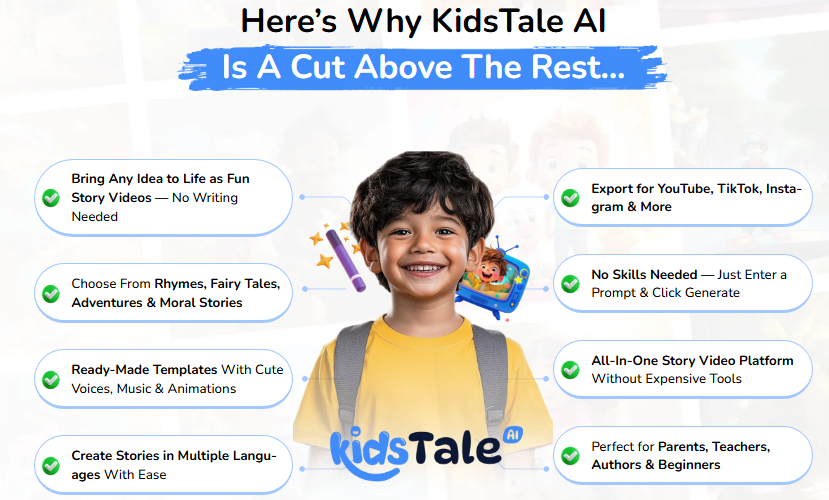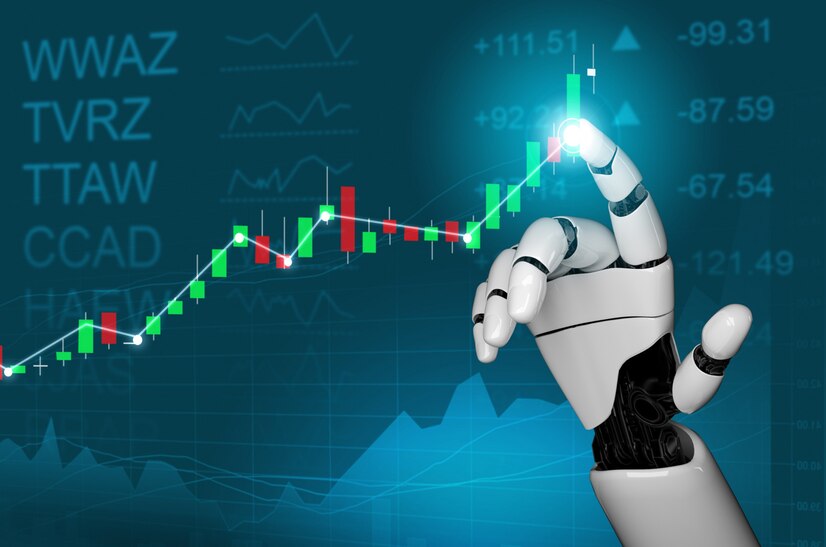Exploring the Chatbot Market: Trends, Growth Drivers, and Future Prospects

Strong 8k brings an ultra-HD IPTV experience to your living room and your pocket.
The Chatbot Market has evolved tremendously in recent years, fueled by advancements in artificial intelligence (AI), natural language processing (NLP), and a shift toward digital customer service and automation. Today, chatbots are integral to customer interactions across industries, from e-commerce and healthcare to banking and entertainment. This article delves into the factors driving the chatbot market, current trends, challenges, and predictions for its future trajectory.
Understanding the Chatbot Market
The chatbot market encompasses a range of virtual assistants and conversational agents designed to mimic human interactions. They use AI-driven NLP to understand and respond to users, whether through text, voice, or even hybrid formats. Chatbots are employed for customer service, lead generation, answering queries, and facilitating purchases, providing businesses with an efficient way to engage users 24/7.
According to recent estimates, the global chatbot market was valued at approximately $4.9 billion in 2023 and is expected to reach $13.9 billion by 2030, growing at a compound annual growth rate (CAGR) of 15.8%. This rapid growth is indicative of the increased demand for automated customer support solutions, a factor amplified by the shift to remote work and digital-first consumer behaviors.
2. Key Drivers of Chatbot Market Growth
Several factors are driving the growth of the chatbot market:
Cost Efficiency: Chatbots reduce the need for extensive human resources, allowing businesses to cut costs while maintaining a consistent customer service presence. This cost-saving aspect has been a major attraction for small to medium-sized businesses.
AI Advancements: The integration of machine learning (ML) and deep learning algorithms enables chatbots to improve over time, becoming more accurate and efficient with each interaction. Chatbots are now capable of not only answering basic questions but also understanding complex user intents, enhancing their usability across different functions.
Increased Demand for Instant Solutions: In a fast-paced world, consumers demand quick responses. Chatbots can meet this need by providing instant support around the clock, creating a seamless user experience that is pivotal for retaining customers.
Wide Industry Application: Chatbots have versatile applications, from handling inquiries in healthcare to assisting customers with banking transactions. Their adaptability makes them valuable across industries, and as more sectors explore the technology, the market continues to grow.
3. Trends Shaping the Chatbot Market
Several trends are redefining how businesses use chatbots:
Conversational AI for Enhanced Personalization: Businesses are using advanced AI to offer personalized experiences. Chatbots now have the ability to analyze user data and behaviors, enabling them to provide customized recommendations and content. This trend is especially prominent in e-commerce, where chatbots guide users through the purchase process with personalized product suggestions.
Integration with Voice Assistants: Voice-enabled chatbots, integrated with platforms like Amazon’s Alexa and Google Assistant, are becoming increasingly popular. This integration aligns with the rising use of voice search and enhances accessibility for users who prefer voice over text.
Omnichannel Capabilities: Chatbots are no longer confined to websites. They are now integrated into mobile apps, social media platforms, and messaging services like WhatsApp and Facebook Messenger. This omnichannel approach allows businesses to reach customers on their preferred platforms, improving engagement rates.
Human-Like Interactions with NLP: NLP advancements allow chatbots to mimic human conversation more accurately, making interactions smoother and more engaging. These bots can interpret context, handle multiple inquiries, and even carry out complex conversations, creating a more natural user experience.
4. Challenges Facing the Chatbot Market
Despite its growth, the chatbot market faces several challenges:
Privacy and Security Concerns: With increased interaction through chatbots comes the challenge of safeguarding sensitive customer data. Ensuring that chatbots comply with privacy regulations like GDPR is essential, especially in industries like healthcare and finance, where data sensitivity is high.
Complexity of Human Language: Human language is nuanced, and it can be difficult for chatbots to fully grasp context, tone, or sarcasm. While NLP has advanced significantly, achieving a level of conversation that is fully natural remains a challenge, especially in complex or emotional interactions.
User Trust and Adoption: While younger generations are comfortable interacting with chatbots, some consumers are still hesitant to engage with automated systems, especially for sensitive matters. Building user trust in chatbot interactions remains essential to their widespread adoption.
5. Market Segmentation and Applications
The chatbot market can be segmented based on application, platform, and deployment model:
By Application: Chatbots are widely used in customer support, personal assistance, brand engagement, and lead generation. In healthcare, for instance, they handle initial consultations and guide patients through processes. In banking, chatbots assist with account inquiries, balances, and simple transactions, making services more accessible.
By Platform: Chatbots can be deployed on websites, mobile applications, messaging apps, and social media. Social media bots have gained significant traction, especially in customer service and brand engagement on platforms like Facebook and Instagram.
By Deployment Model: Cloud-based deployment is the most popular model, offering scalability and flexibility. On-premises deployment, however, is also common among businesses prioritizing data privacy, as it gives them more control over data security.
6. Future Prospects: Evolution and Untapped Potential
The chatbot market holds several untapped opportunities:
Proactive Engagement: Future chatbots are expected to be more proactive, reaching out to users based on browsing patterns, purchase history, and other triggers. For example, an e-commerce chatbot might initiate a conversation with a customer who lingers on a product page, offering discounts or product details to encourage a purchase.
Emotional Intelligence in Chatbots: Emerging advancements in AI could bring emotional intelligence to chatbots, allowing them to gauge user emotions and respond empathetically. This development would be particularly useful in customer service, where understanding customer sentiment can significantly enhance satisfaction.
Advanced Analytics for Business Insights: Future chatbots will be capable of delivering valuable insights by analyzing large volumes of conversational data. Businesses can leverage these insights to understand consumer behavior, tailor marketing strategies, and make data-driven decisions.
Expansion into Untapped Markets: Regions like Asia-Pacific and Latin America show great potential for chatbot adoption, driven by a growing tech-savvy population and increasing investments in digital transformation. With more companies expanding into these markets, there is ample opportunity for growth.
7. Key Players and Competitive Landscape
The chatbot market features both large tech firms and specialized startups, each contributing to the market’s growth and evolution. Major players include:
IBM Watson: Known for its AI-driven chatbot solutions, IBM Watson focuses on enterprise-grade bots used across industries like healthcare and finance.
Google Dialogflow: A popular choice for creating conversational applications, Dialogflow integrates easily with Google’s ecosystem, making it suitable for a wide range of applications.
Microsoft Azure Bot Service: With its robust cloud-based capabilities, Microsoft’s chatbot platform is popular for enterprise solutions, offering extensive integration options.
LivePerson and Drift: Known for sales and customer service automation, these companies provide bots that cater to e-commerce and B2B applications, helping businesses improve lead generation and conversion rates.
8. Conclusion
The chatbot market is on a steady growth trajectory, supported by advancements in AI, NLP, and the growing need for efficient customer service. As more industries recognize the value of chatbots, the technology will continue to evolve, becoming more sophisticated, personalized, and integrated into everyday interactions. However, the path forward also includes challenges, such as ensuring data security, building user trust, and mastering the complexity of human language.
Future chatbots will likely be more intuitive, emotionally aware, and proactive, reshaping the way businesses interact with consumers. As businesses adopt these bots not only for customer service but for proactive engagement and data insights, the chatbot market is expected to remain an essential component of the digital transformation landscape. With continuous innovation, increased investment, and expanding applications across sectors, the chatbot market is set to redefine customer interactions and drive value across industries.
Note: IndiBlogHub features both user-submitted and editorial content. We do not verify third-party contributions. Read our Disclaimer and Privacy Policyfor details.







